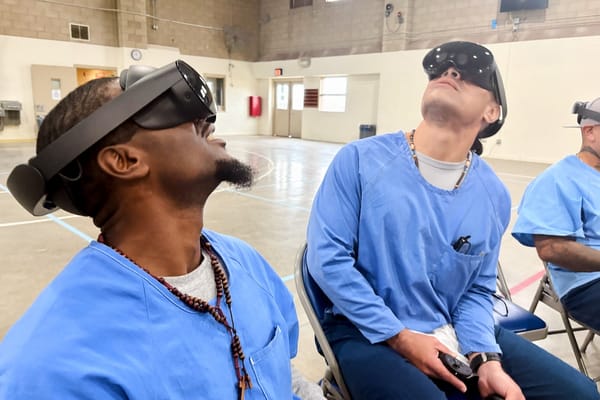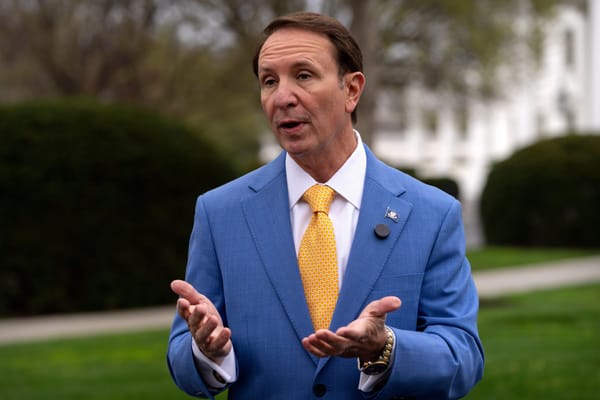Aspen Institute Offers Roadmap to Unlock Spectrum
Report aligned with the Biden administration's strategy for modernizing spectrum management.
Jericho Casper

WASHINGTON, Oct. 10, 2024 – As the demand for wireless services skyrockets, the U.S. is facing increased pressure to manage its finite spectrum resources more efficiently.
A report released Wednesday by the Aspen Institute, a nonpartisan think tank, laid out a roadmap for the future, highlighting the need for dynamic spectrum sharing, international cooperation, and workforce development to maintain U.S. dominance in the global wireless race.
The report, authored by Karina Bohorquez and Kara Graves of Wilkinson Barker Knauer, LLP, underscored the importance of exploring spectrum-sharing technologies, which have already proven effective in maximizing spectrum use.
“Government and industry should review existing sharing approaches with an eye toward lessons learned from earlier sharing models,” the report stated.
It urged that whenever the government evaluated new spectrum allocations, it should carefully weigh the trade-offs between sharing and other approaches, and determine if sharing could offer a more timely and efficient way to provide spectrum access.
In particular, the report emphasized the Citizens Broadband Radio Service framework as a model to build upon, proposing adjustments that could enhance both commercial efficiency and protection of federal systems.
It also pointed to the FCC's experience with the 6 GigaHertz (GHz) band, where shared access between unlicensed and licensed users has faced delays. The report offers recommendations for improving certification processes and accelerating adoption through better coordination and design improvements.
The report called for dynamic spectrum sharing in the Lower 3 GigaHertz (GHz) band (3.1-3.45 GHz), currently used by the Defense Department. By implementing advanced interference mitigation and coordination frameworks, both commercial users and the DoD could share this valuable spectrum, the report stated.
The report also called for exploring spectrum sharing in several key bands: the 5030-5091 MHz band for commercial drone operations, the 7/8 GHz and 18.1-18.6 GHz bands for expanding broadband access in underserved areas, and the Lower 37 GHz band for shared use between federal and non-federal entities to support 5G and next-gen wireless technologies.
The proposals aligned closely with the National Spectrum Strategy, introduced by the Biden administration in 2023. The NSS is intended to modernize U.S. spectrum management, build a robust spectrum pipeline, and enhance collaboration and technological innovation.
The Aspen Institute report emphasized that leveraging the NSS framework was essential to fostering innovation, bolstering national security, and promoting global coordination on spectrum policy.











Member discussion